
Minimalist Color Schemes and Their Impact
Chosen theme: Minimalist Color Schemes and Their Impact. Step into a calmer visual world where fewer hues create greater clarity. We explore how restrained palettes sharpen focus, elevate storytelling, and build trust—then show you how to apply them. Share your thoughts and subscribe to keep learning with us.
Why Fewer Colors Feel Better
Calm Through Constraint
When interfaces limit color choices, the brain spends less energy decoding distractions and more energy understanding meaning. That sense of quiet clarity reduces fatigue, encourages longer reading sessions, and lets typography, spacing, and imagery do the heavy lifting. Try it and notice your attention settle.
Trust, Neutrality, and Poise
Balanced neutrals—soft grays, warm whites, and muted earth tones—signal stability and care. They offer a poised backdrop that makes content feel more trustworthy and professional. Many brands adopt this restraint to communicate maturity, reliability, and long-term commitment without shouting for attention.
Contrast That Guides Intention
With a restrained base palette, a single accent color becomes a clear guidepost. Buttons, links, and calls to action gain unmistakable priority without aggressive styling. Your users intuitively follow the visual hierarchy, because each accent carries purpose, not noise. Share a screenshot of your best accent usage.
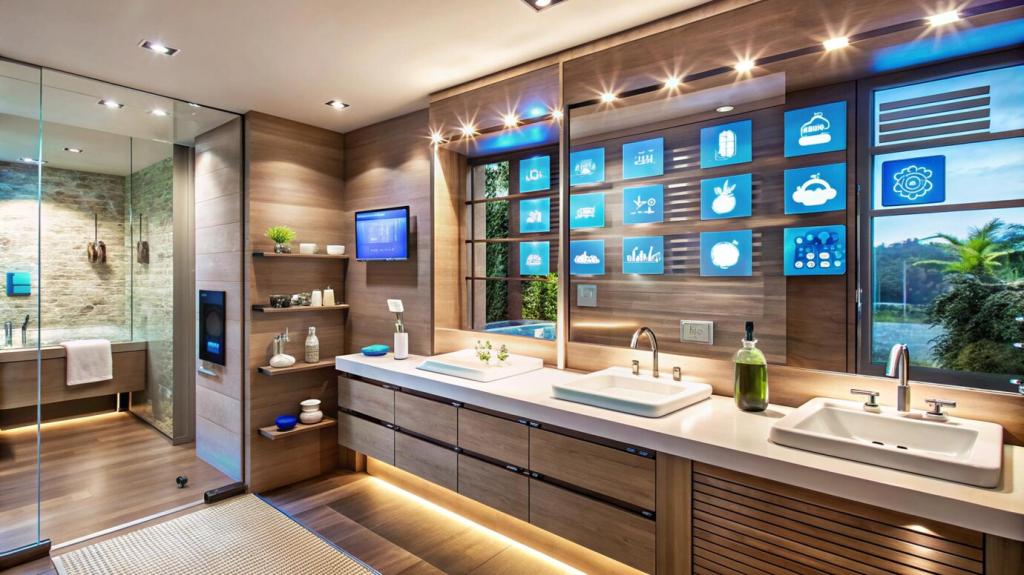
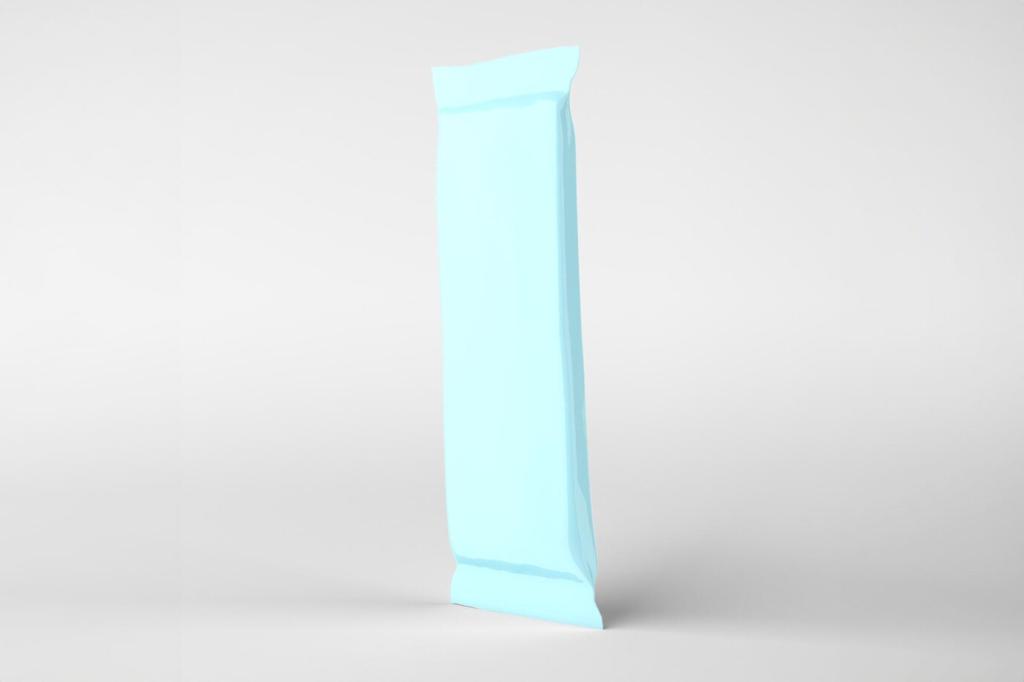
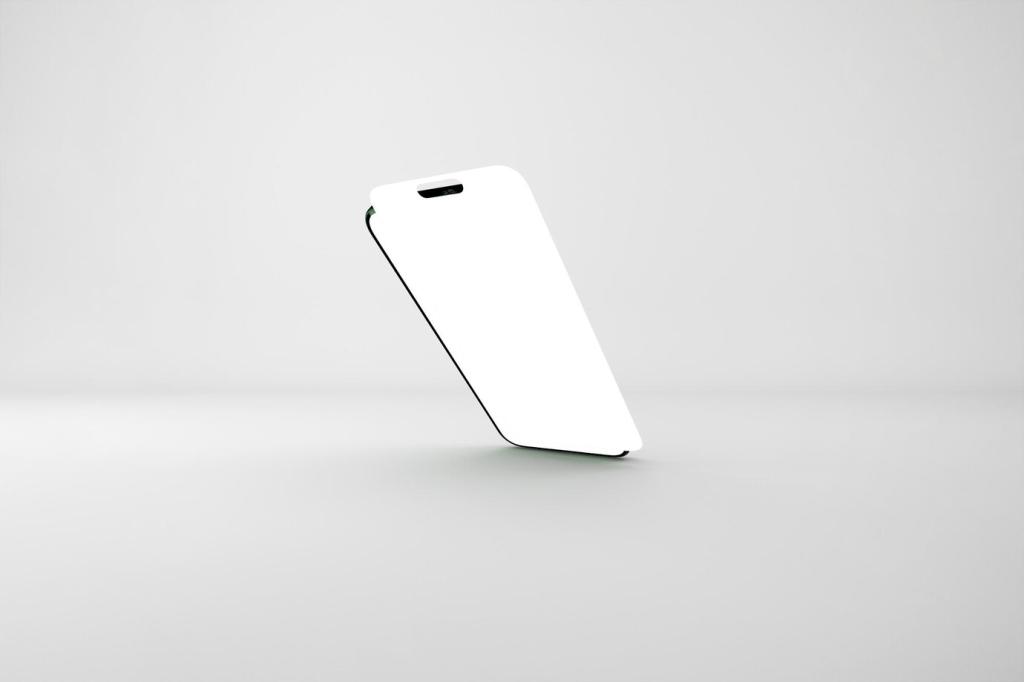
Stories From the Field
A neighborhood cafe replaced a busy palette with matte black, warm cream, and a eucalyptus accent. The new menus felt calmer, and signage finally matched the slow-brew vibe. Regulars lingered longer, and the owner reported more compliments on the brand’s ‘peaceful’ feel within the first month.
Stories From the Field
A small app team reduced seven competing colors to two neutrals and one accent. Suddenly, the primary button no longer fought for attention. Support tickets about ‘what to do next’ dropped noticeably, and tutorial completion rates climbed as users flowed through onboarding with fewer hesitations and detours.
Stories From the Field
A designer shifted from rainbow case studies to a refined gray system with a single electric blue. Recruiters skimmed faster, remembered key projects, and remarked on ‘clean decision-making.’ The same work, seen through a minimalist color lens, felt more senior and focused—no extra hype, just thoughtful restraint.
Building Your Minimalist Palette
Start With Purpose and Emotion
Pick three adjectives you want people to feel—calm, precise, welcoming—and let them guide your color decisions. Minimalist palettes work best when rooted in emotion, not trend-chasing. If a hue does not serve the feeling, remove it. Every remaining color should have a specific, defensible job.

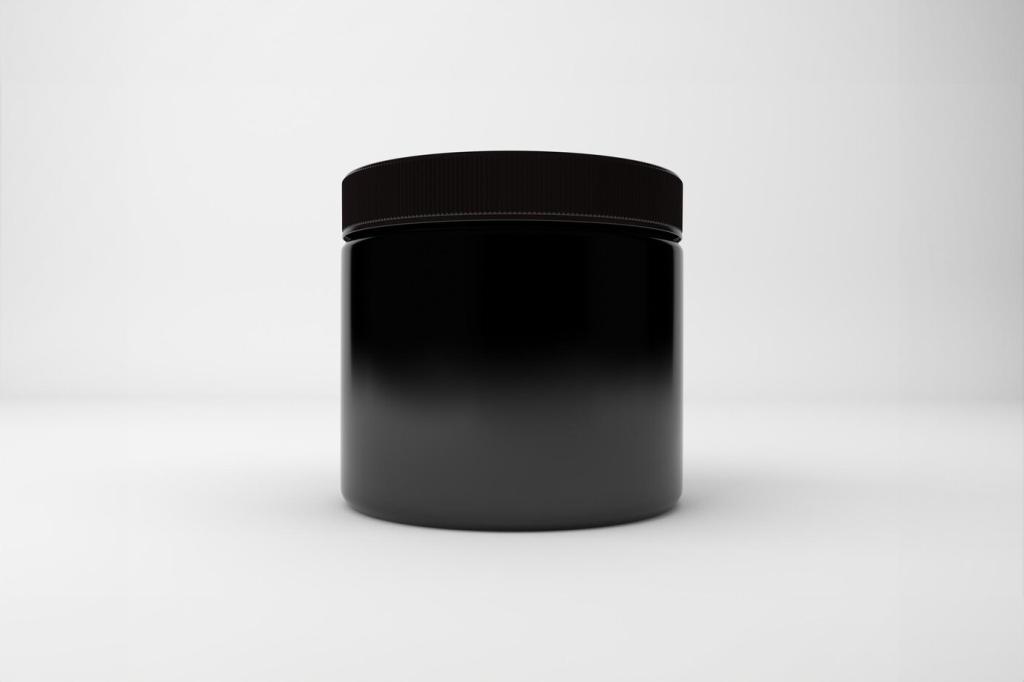
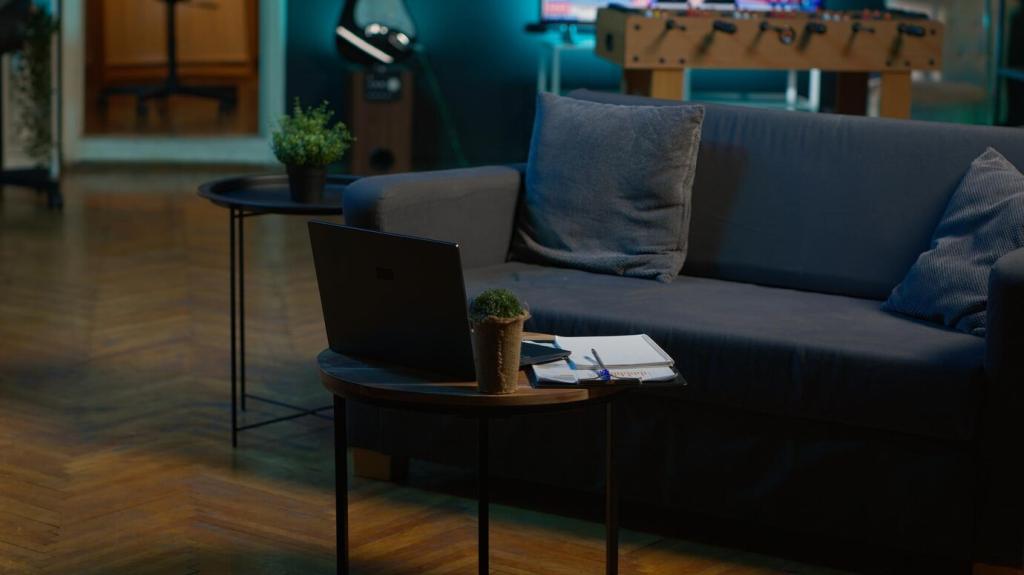
Common Pitfalls (And How to Avoid Them)
Extreme restraint can feel lifeless. Add personality through texture, typography, and micro-interactions rather than extra colors. Subtle grain, thoughtful letterforms, and gentle motion create warmth. Your accent color remains authoritative, while the interface feels human—inviting readers to stay, explore, and ultimately subscribe.
Common Pitfalls (And How to Avoid Them)
Generous whitespace needs structure. Use consistent spacing scales and typographic hierarchy to avoid a ‘floating’ effect. Think of whitespace as breathable margins around meaningful content, not empty voids. When spacing and color cooperate, the page feels intentional, grounded, and quietly confident—not sparse for its own sake.
Evolving Your Minimalist System
Avoid cryptic color names that confuse contributors. Use functional labels like Base-100, Base-700, Accent-500, and Semantic-Error. Clear names align teams and prevent accidental drift. When everyone understands intent, consistency scales effortlessly across pages, platforms, and campaigns without adding new, unnecessary hues.
